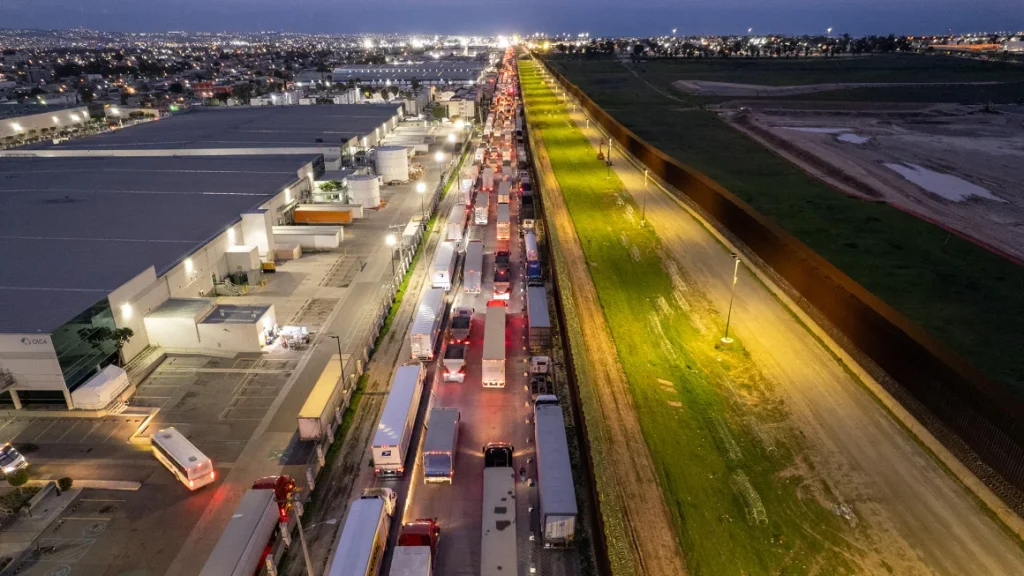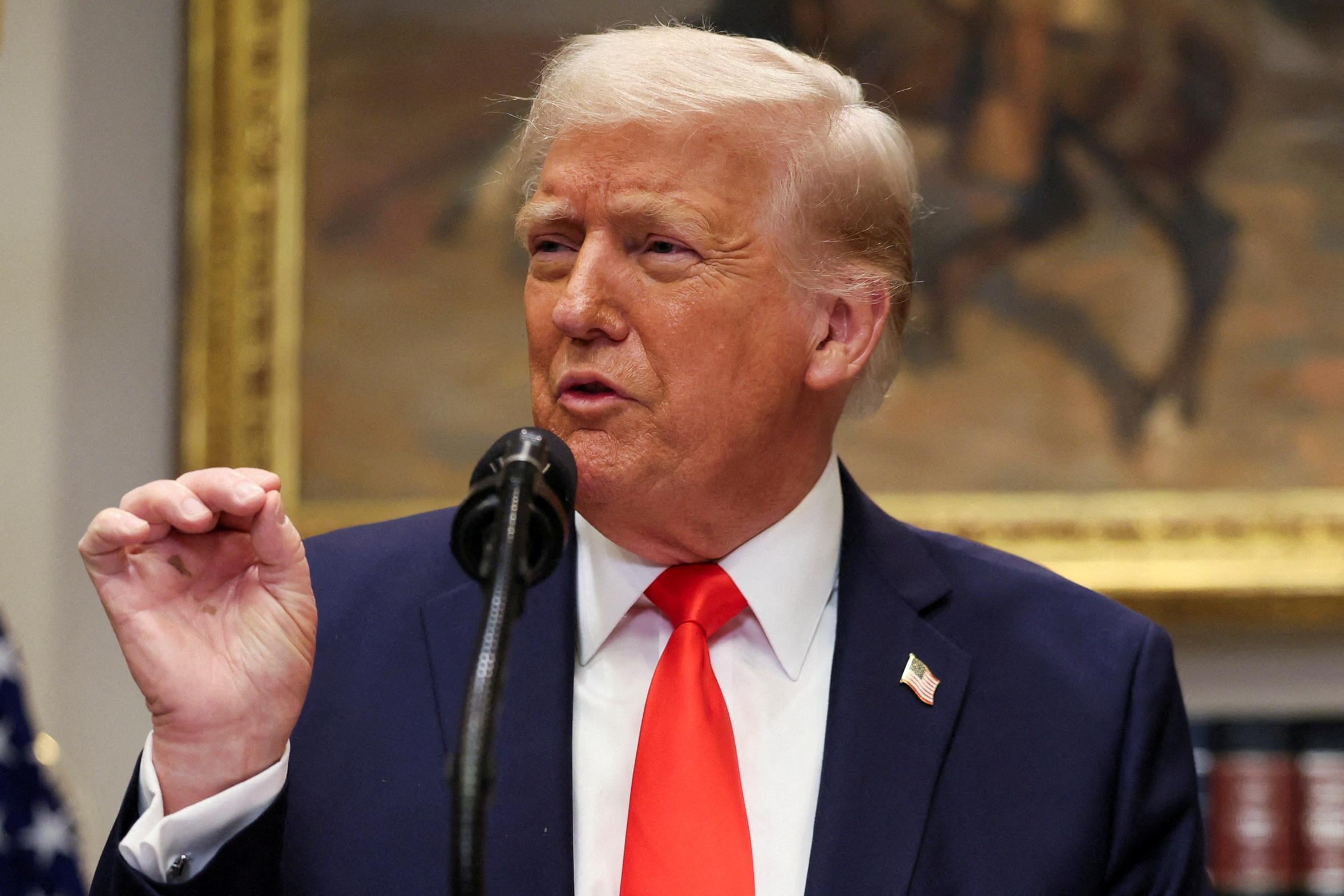United States President Donald Trump is set to unveil his long-awaited “Liberation Day” tariff plans, a move that has left global businesses and governments in a state of uncertainty for months.
These tariffs, focusing on what Trump terms “reciprocal tariffs,” are expected to be announced on April 2, potentially triggering a new wave of international trade tensions.
Despite Trump’s claim of having finalised a tariff plan, his advisors were still debating various options just hours before the announcement. These options included implementing tariffs tailored to each trading partner, targeting specific countries, or imposing a uniform tariff of up to 20% on all imports.
The immediate implementation of these tariffs, as suggested by the White House, could prompt swift retaliatory measures from other nations, potentially escalating an already strained trade environment.

Trump’s tariff strategy is driven by several objectives: curbing illegal drug and migration flows, levelling the playing field with trade partners, generating government revenue, and boosting domestic manufacturing.
He justifies his existing tariffs on Chinese imports and potential tariffs on Canada and Mexico by citing border security and drug trafficking concerns.
Additionally, he views reciprocal tariffs as a means to address perceived trade imbalances and non-tariff barriers, such as VATs and DSTs, which could significantly impact developing economies like India, Brazil, Vietnam, and several African nations, as well as European Union countries.
The international community is preparing for potential retaliatory actions. European Commission President Ursula von der Leyen has indicated the EU’s readiness to respond, and countries like Canada, Mexico, China, Japan, and South Korea are also developing countermeasures. China, in particular, has warned of a “counterattack” if the US pursues what it deems as “blackmail.”
In contrast, Israel has taken a preemptive approach by eliminating all tariffs on US goods, likely aiming to avoid being targeted by Trump’s policies.
However, this strategy may not entirely shield other nations from tariffs, as Trump has already imposed tariffs on steel, aluminium, and automobiles, with additional sector-wide tariffs potentially on the horizon.
Trump envisions these tariffs as a means to reduce the US government’s reliance on income taxes.


 Trending
Trending 